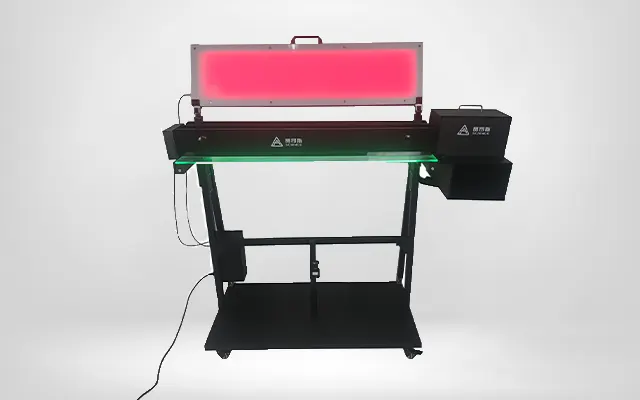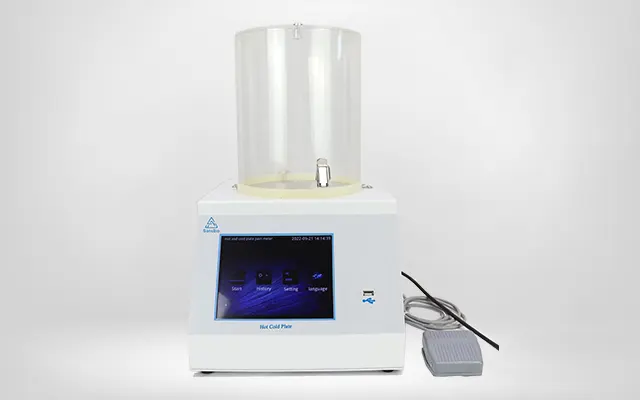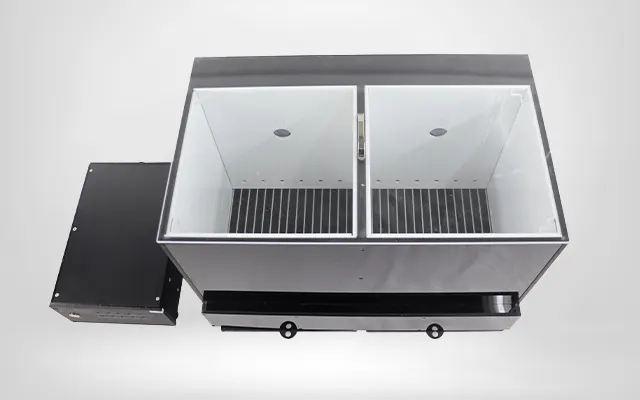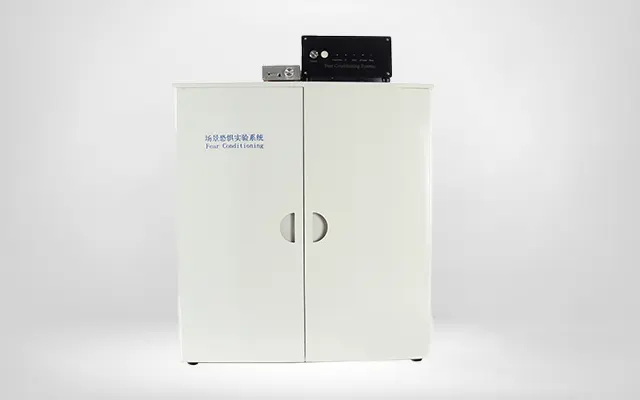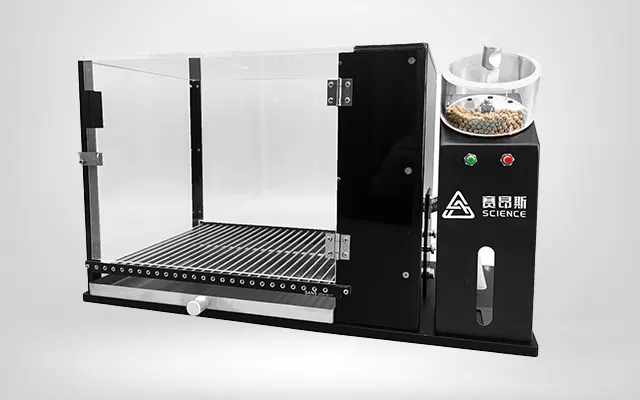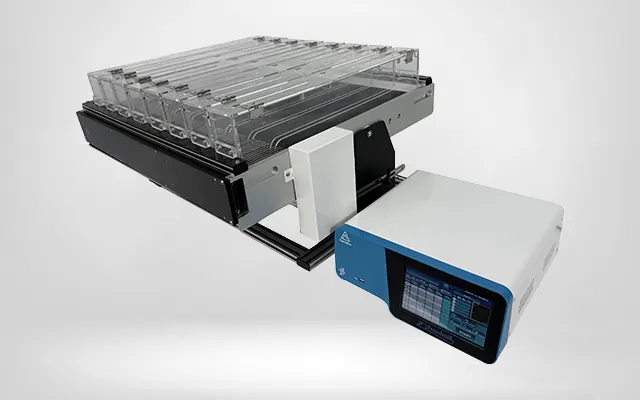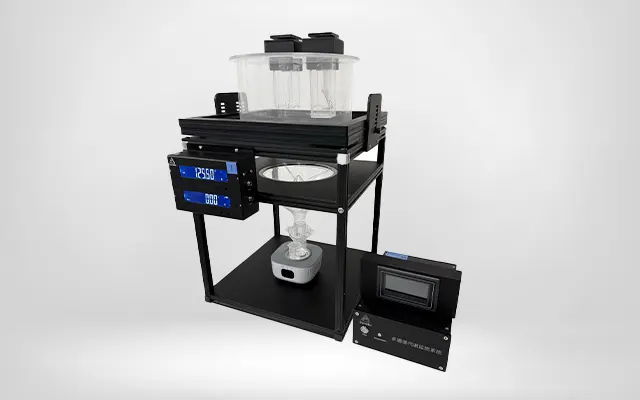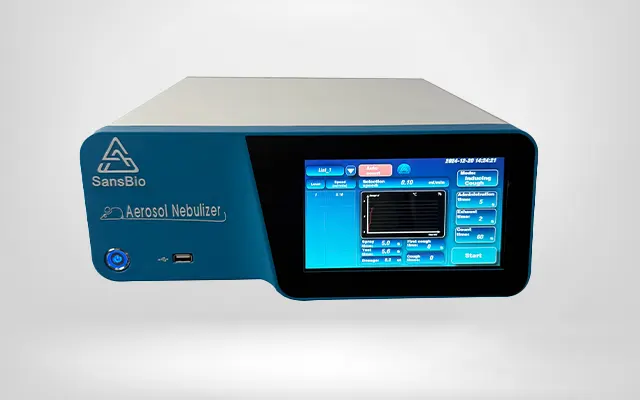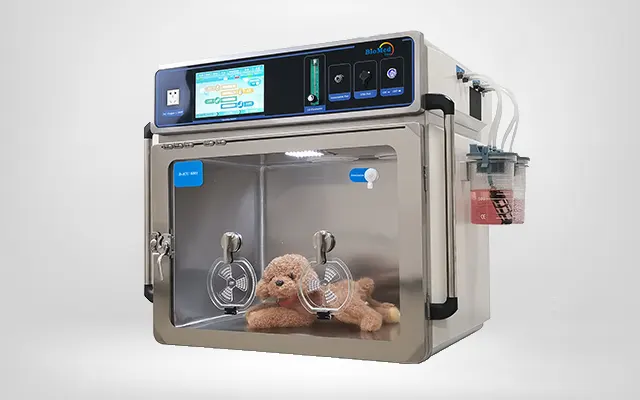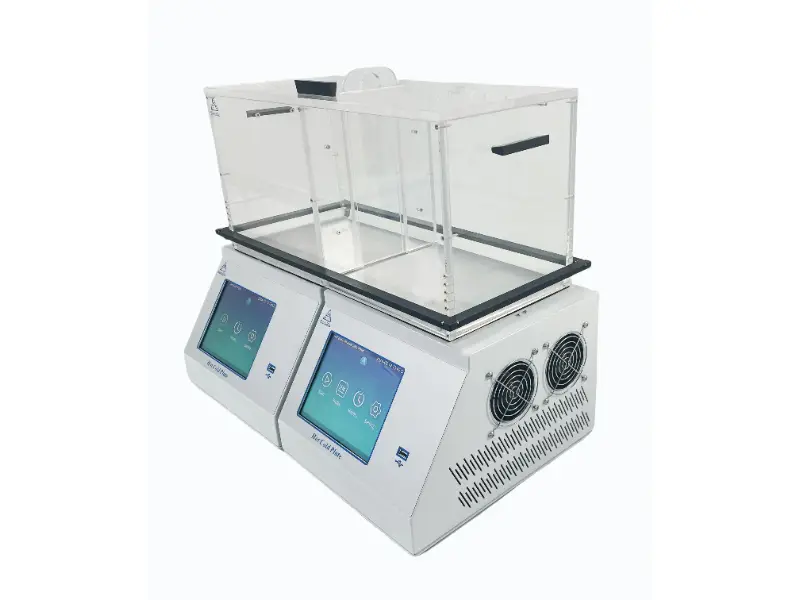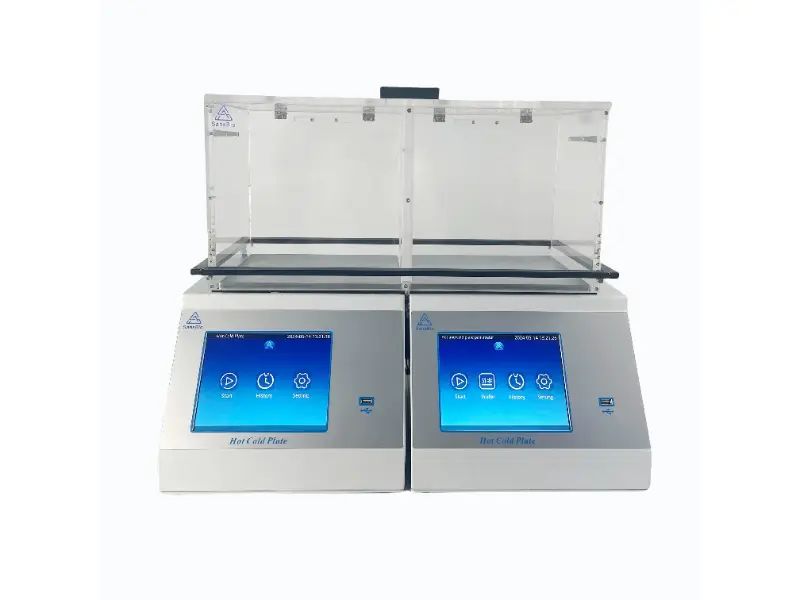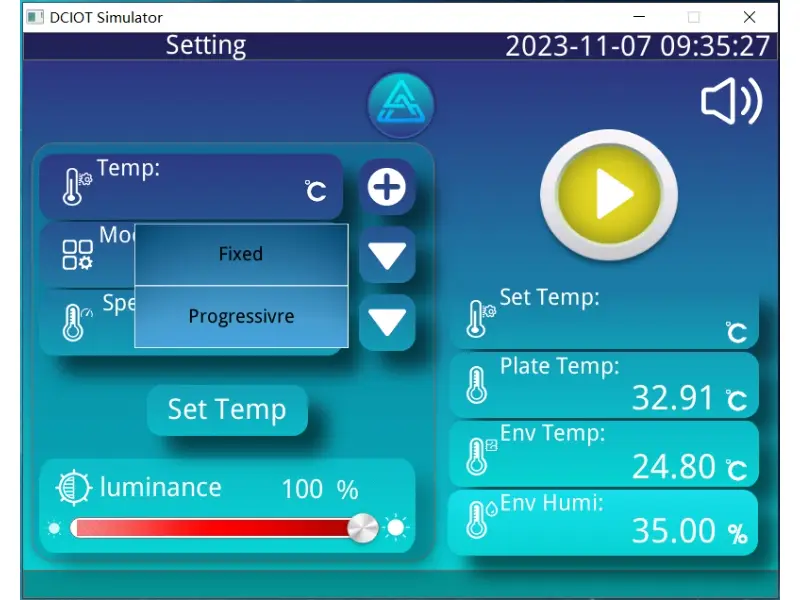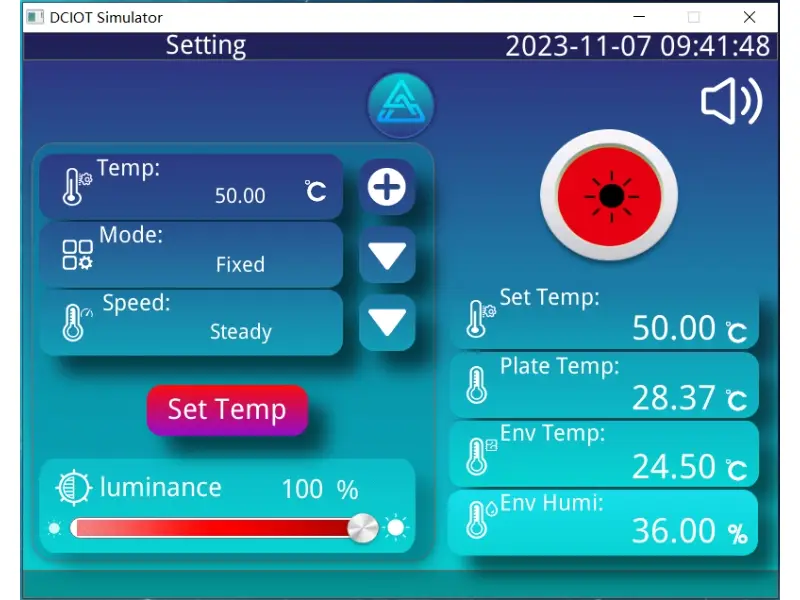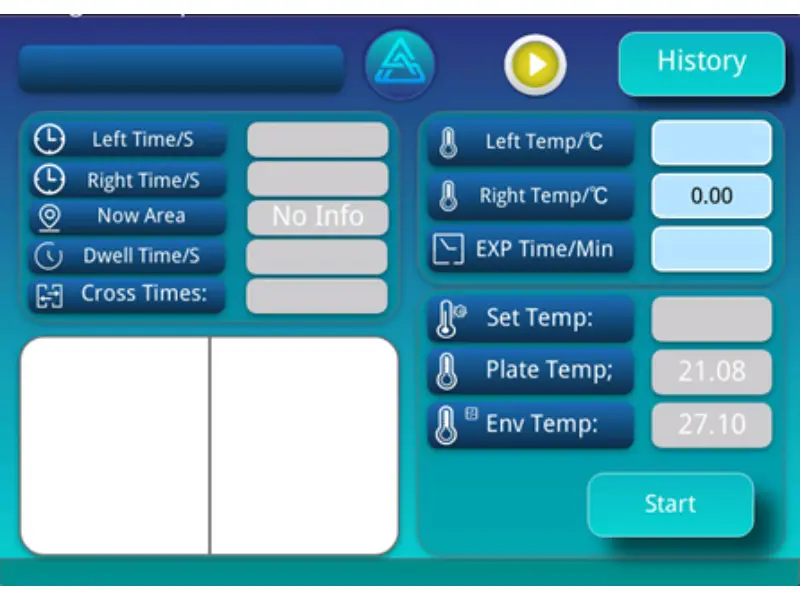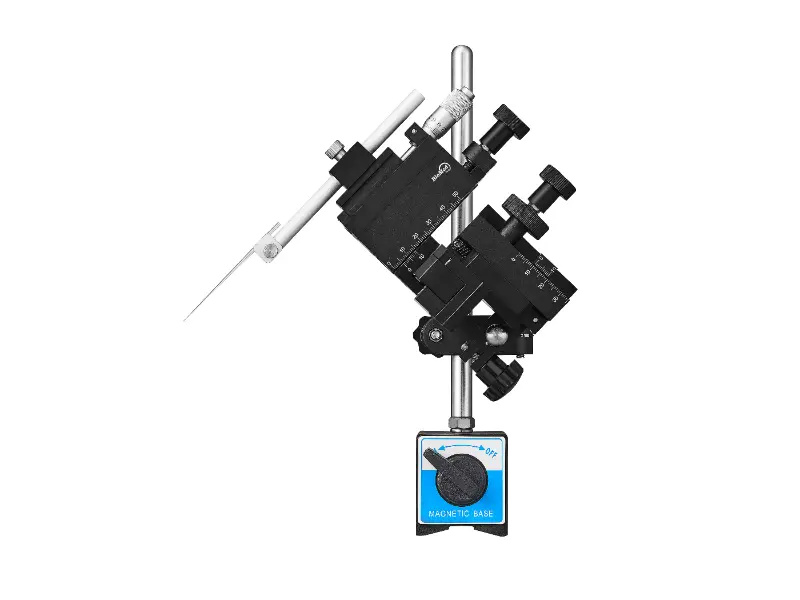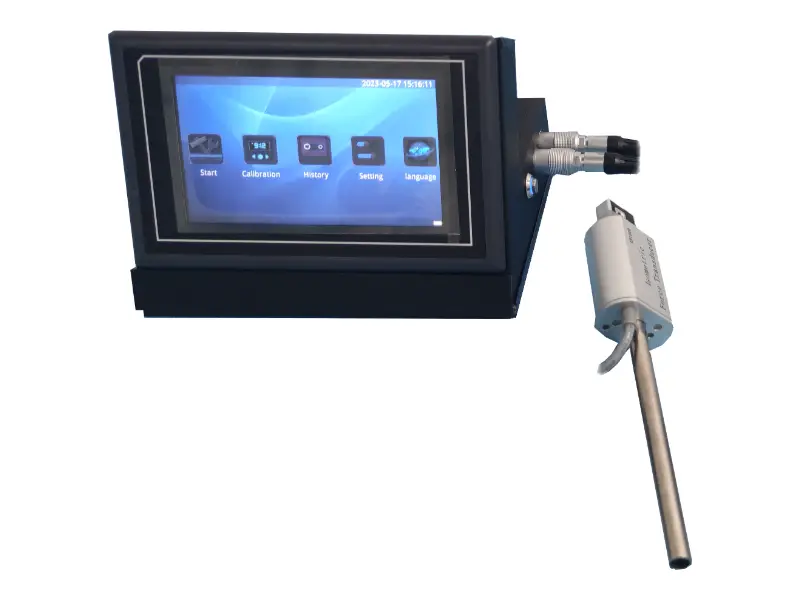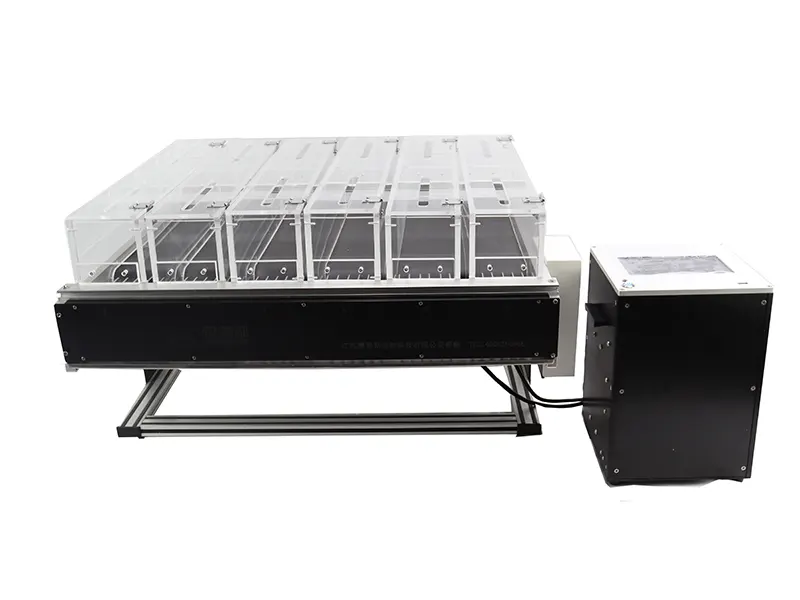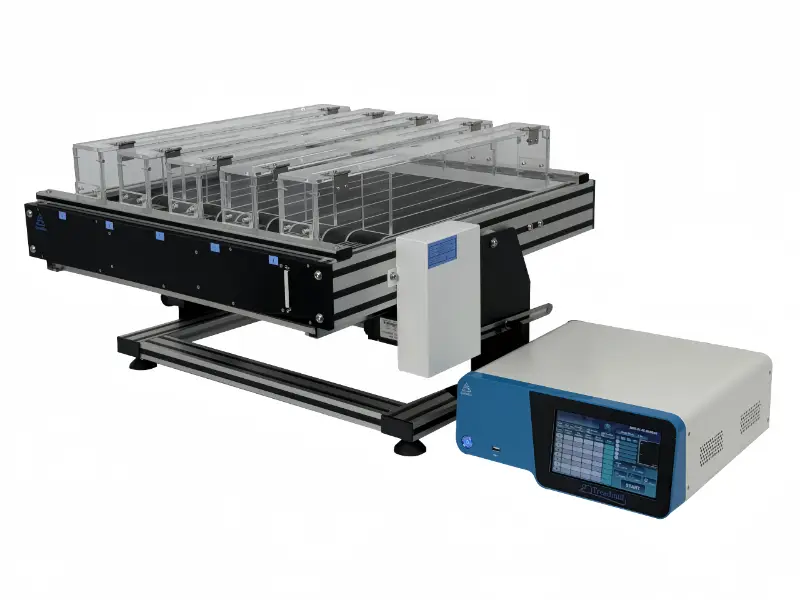As advised by A. MOQRICH, and published in Moqrich et al (Science 2005, 307: 1468-72), the thermal place preference test (TPPT) was designed to finely assess thermal sensitivity in rodents. It can detect, quantify, and differentiate behavioral responses to cold stimuli between sham and chronic constriction injury (CCI) rodents.
The Thermal Place Preference Test, based on two Hot Cold Plate (Temperature range from -5°C to 65 °C),allows researchers to work on free moving animals (Rats and Mice) to choose their preferred place between 2 compartments set a different temperature. Our TPPT adopts dynamic infrared scanning tracking technology to record the location of the rodents and automatically analyze the staying time and times in each compartment. TPPT enables a fine-grained assessment of thermal sensitivity that is relevant to the pathophysiological exploration of animal pain models and to the pharmacological assessment of analgesic drugs.
Application: Chronic constriction injury, Cold allodynia, Neuropathic pain, Analgesic drug screening.
